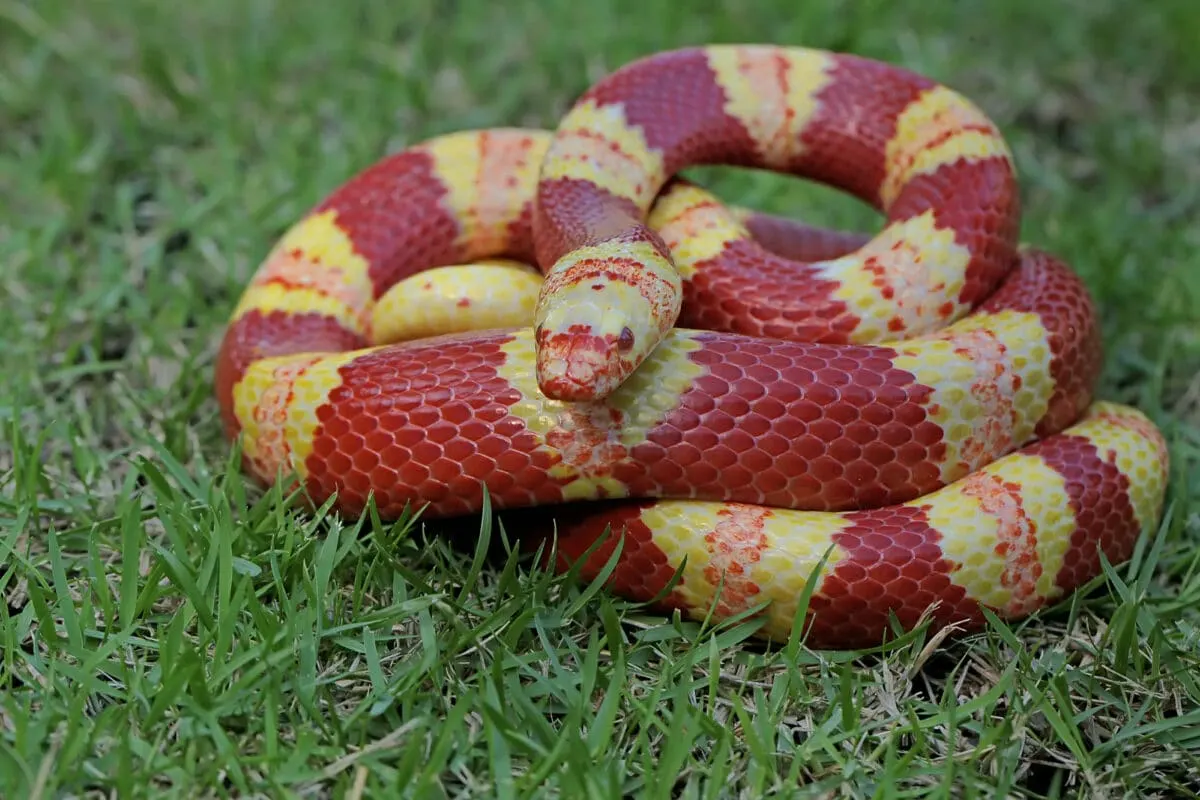Welcome to the mesmerizing world of snakes, where we embark on a thrilling journey to compare two fascinating serpents – the King Snake and the Adder. Snakes have long captured the imagination of humans, evoking both fear and awe. As creatures of beauty and mystery, each species exhibits unique traits that set them apart in the animal kingdom.
In this article, we delve into the intriguing characteristics of the King Snake and the Adder, shedding light on their appearances, habitats, behaviors, and healthcare concerns.
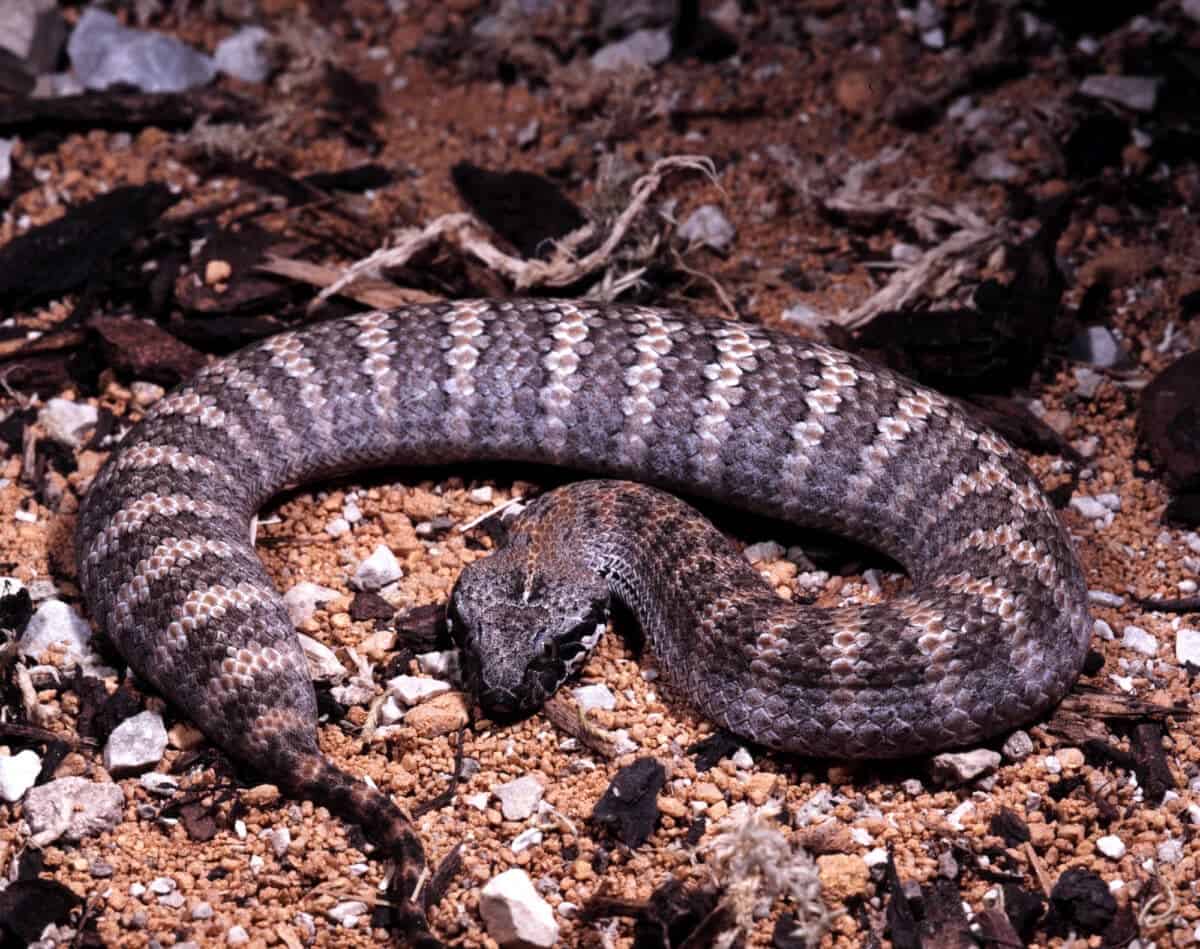
Slither to any section below!
A Table Comparing King Snakes and Adders
| King Snake | Adder | |
| Venomous or Non-venomous | Non-venomous | Venomous |
| Coloration | Bold and vibrant | Cryptic and subdued |
| Geographic Distribution | North and Central America | Europe and parts of Asia |
| Preferred Habitats | Diverse habitats, including forests, deserts, and grasslands | Temperate regions, including grasslands, moorlands, and mountains |
| Prey | Rodents, birds, lizards, and other snakes | Small mammals, birds, and lizards |
| Hunting Strategy | Constriction and overpowering | Ambush and venomous bite |
| Defense Mechanisms | Hissing, vibrating tails, and mimicry | Camouflage and cryptic patterns |
| Healthcare Concerns | Respiratory infections, mites, and digestion issues | Venomous snakebites and allergies |
| Snakebite Management | N/A (Non-venomous) | Antivenom treatment and medical attention |
King Snake: The Regal Constrictor
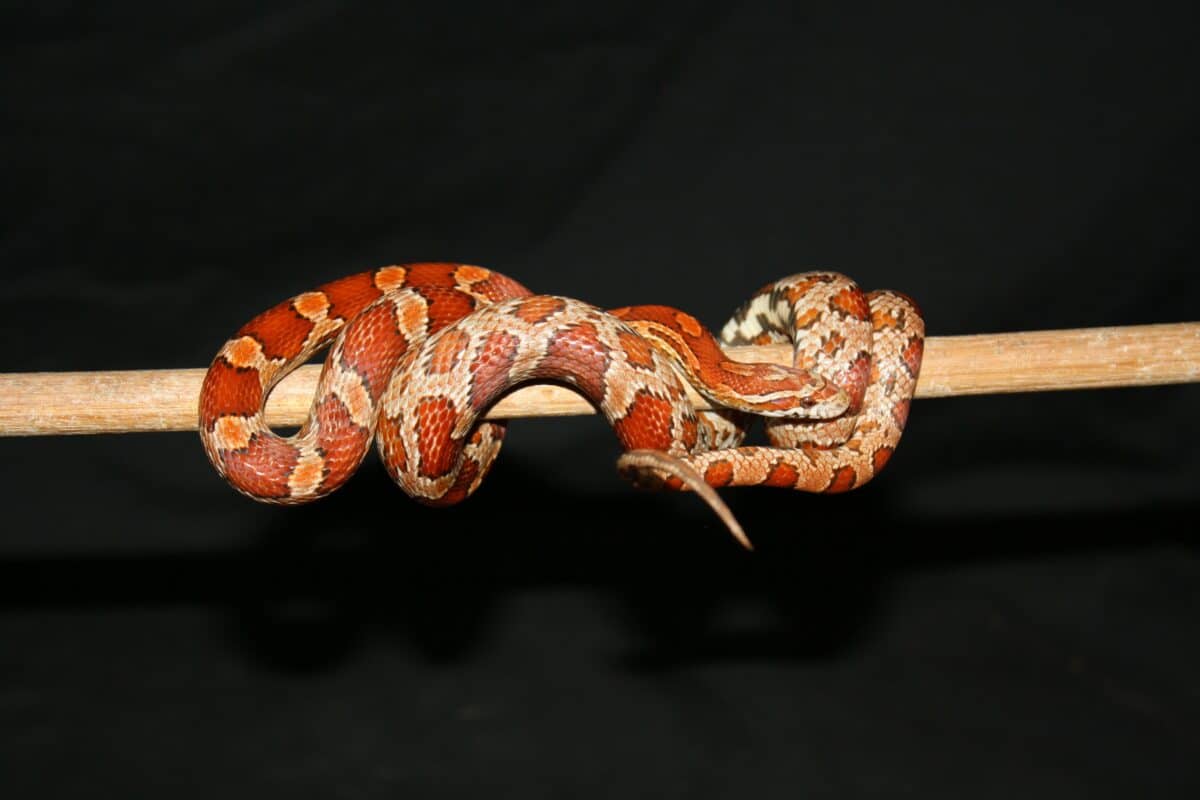
Physical Characteristics and Coloration
King Snakes (Lampropeltis sp.) are a diverse group of non-venomous constrictor snakes known for their vibrant and eye-catching color patterns. These snakes display a stunning mix of black, white, yellow, and red bands or rings along their slender bodies. The bold colors exemplify “aposematic coloration,” warning potential predators that they are not to be trifled with.
Distribution and Habitats
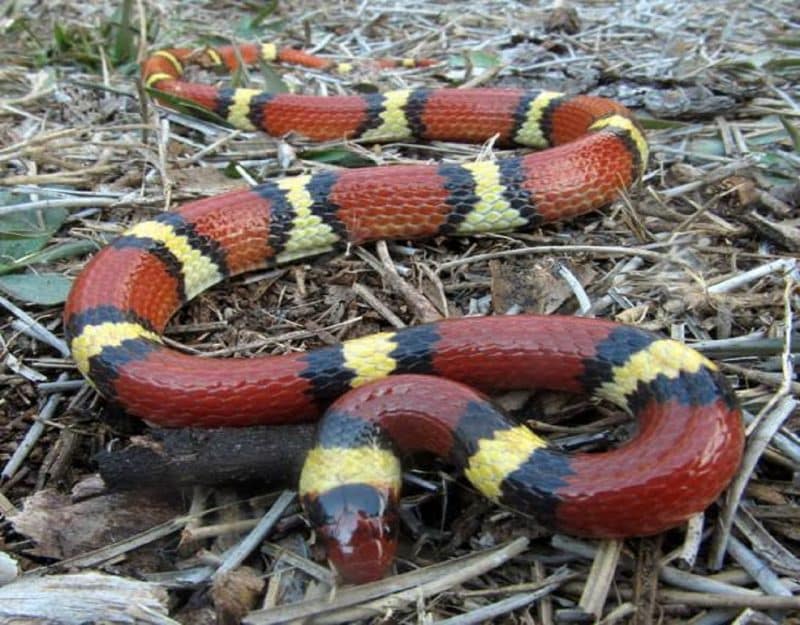
With a significant presence in North and Central America, King Snakes inhabit many environments. From dense forests to arid deserts, they adapt well to various ecosystems. Their adaptability has contributed to their success in surviving diverse climates.
Check out: “Worst Nightmare” 3-foot Long Snake Found In Arizona Toilet.
Diet and Hunting Techniques
King Snakes are skilled hunters known for their ability to consume a variety of prey. Their diet includes rodents, birds, lizards, and even other snakes, earning them the title of “snake eaters.” They are constrictors, which means they overpower their prey by coiling their bodies around them and suffocating them before swallowing them whole.
Check out: Milk Snake vs Spitting Cobra.
Unique Defense Mechanisms
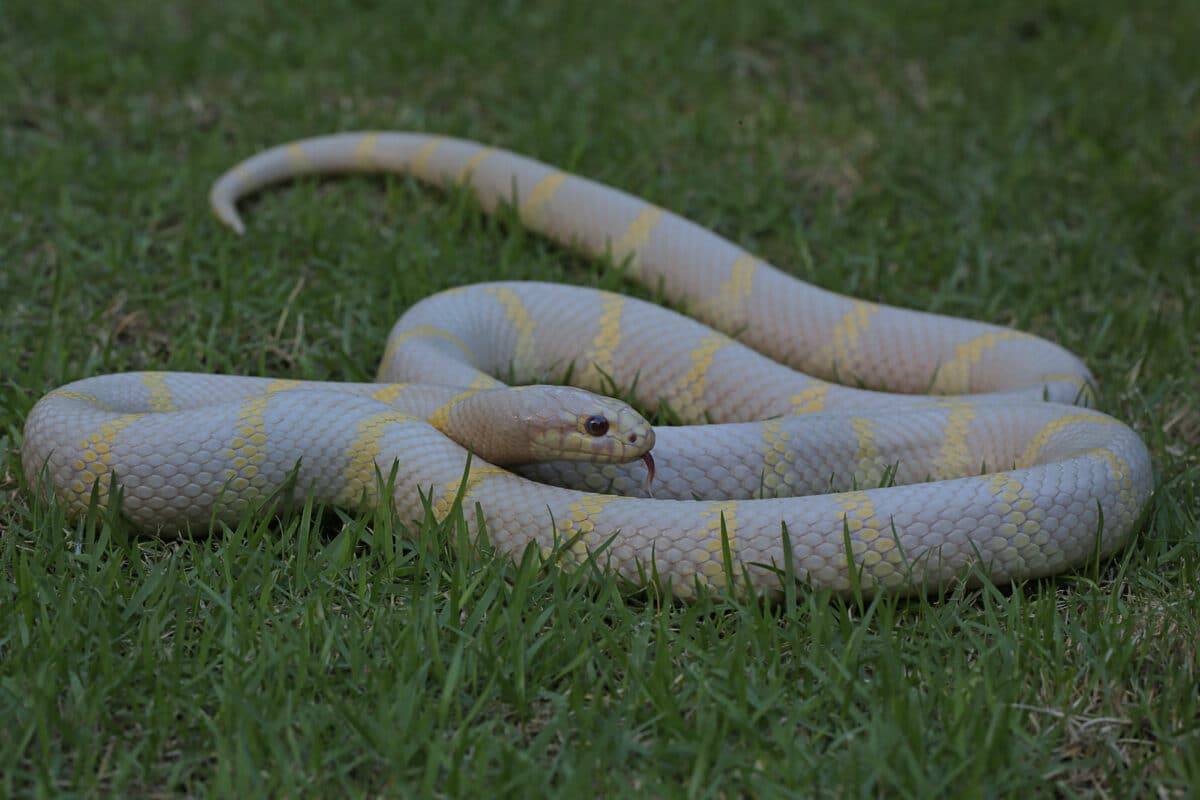
While not venomous, King Snakes possess an interesting array of defense mechanisms. When threatened, they may hiss loudly, vibrate their tails, or flatten their necks to appear more substantial.
Interestingly, King Snakes are also immune to the venom of venomous snakes, allowing them to prey on and consume other serpents without harm.
Healthcare Concerns for King Snakes
For snake enthusiasts, providing the best care for these captivating reptiles is essential. Like all living beings, King Snakes are susceptible to certain health issues. Some common ailments include respiratory infections, mite infestations, and digestive problems. Regular veterinary check-ups, proper enclosure hygiene, and a balanced diet can go a long way in maintaining their well-being.
Handling and Safety Tips for Snake Enthusiasts
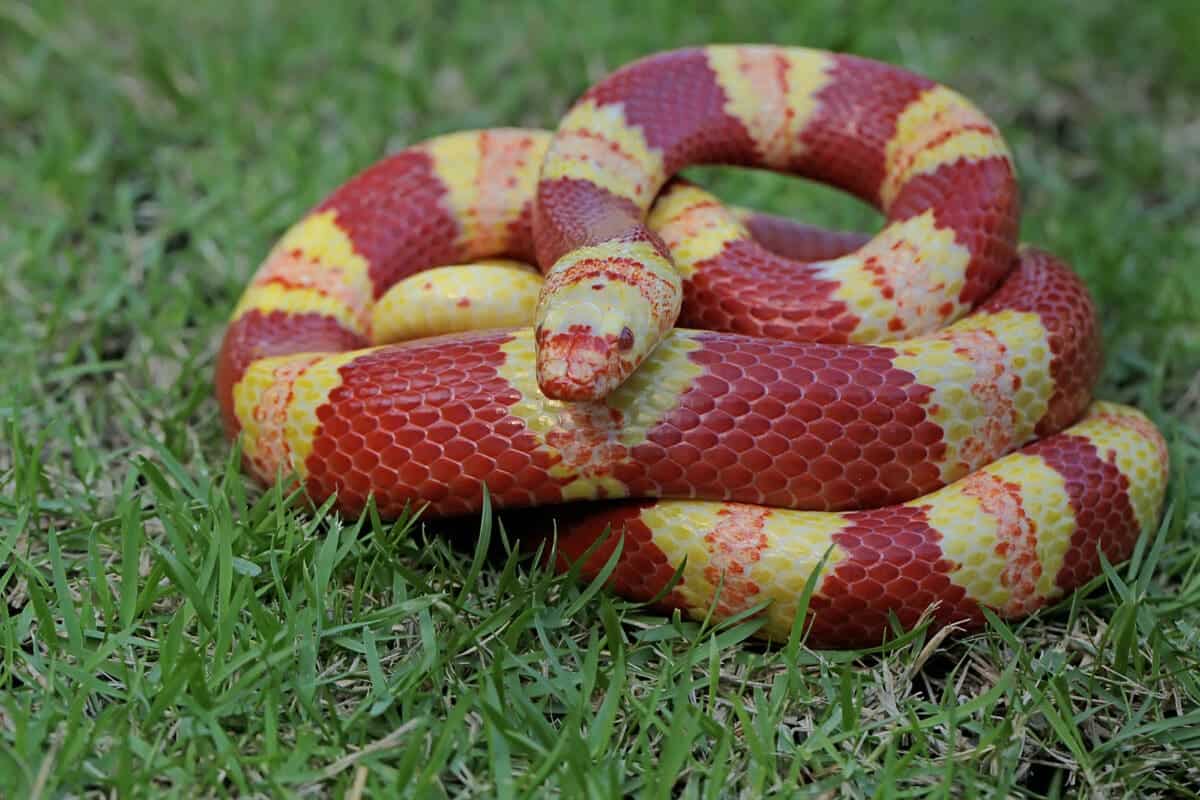
If you’re an aspiring snake keeper, understanding proper handling techniques is crucial for your safety and the snake’s well-being. Always handle King Snakes carefully and respectfully, avoiding sudden movements that might stress them. It’s advisable to seek guidance from experienced reptile handlers or veterinarians to ensure you create a suitable environment for these regal creatures.
Adder: The Venomous Viper
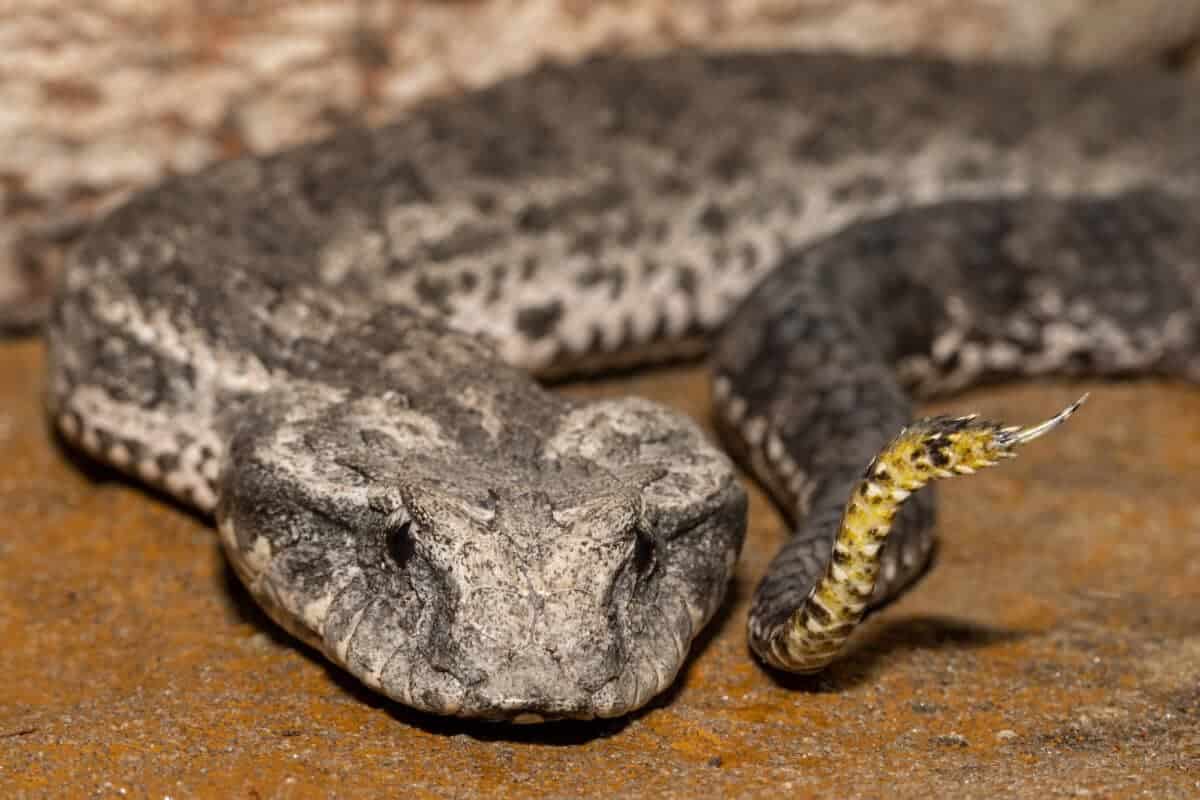
Physical Characteristics and Camouflage
The Adder (Vipera berus) is a venomous viper across Europe and Asia. Unlike the vibrant colors of the King Snake, the Adder sports a more subdued appearance, typically featuring a zigzag pattern running down its back, accompanied by a range of earthy tones such as brown, gray, and black. This cryptic coloration helps them blend seamlessly into their natural surroundings, making them efficient ambush predators.
Global Distribution and Preferred Environments
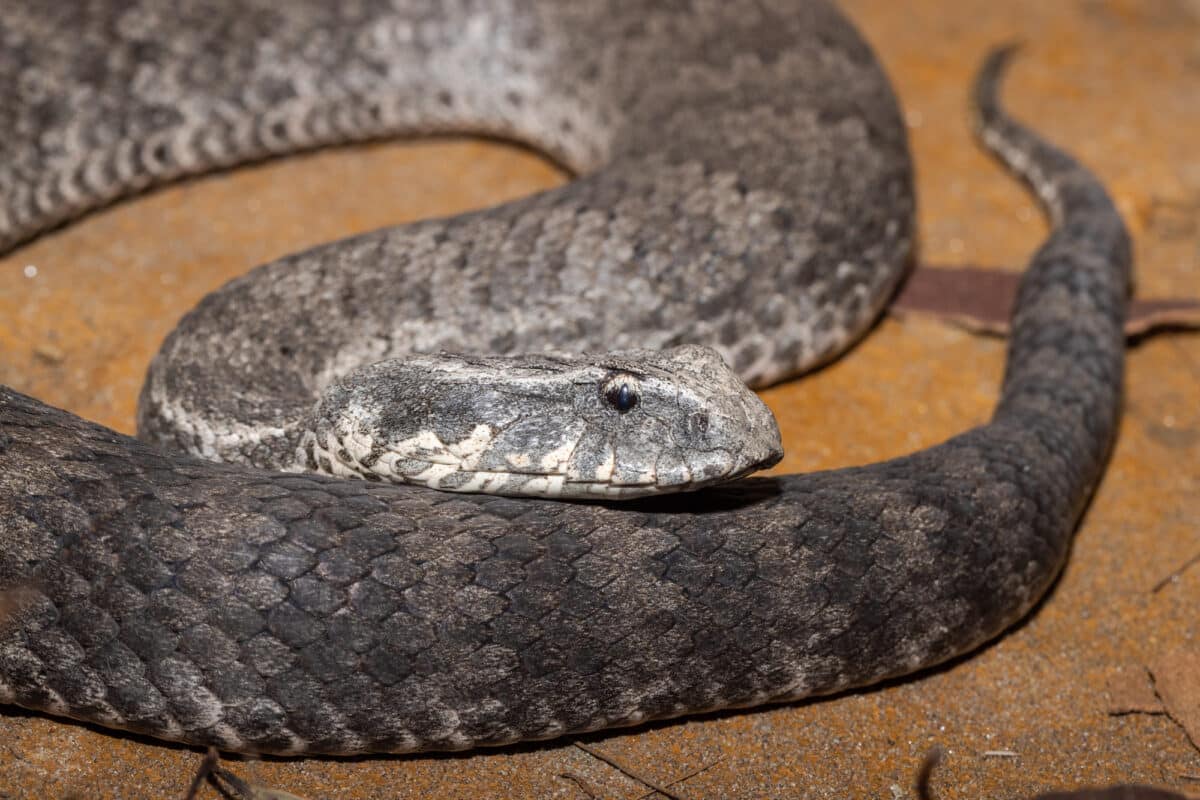
Adders are well-adapted to various habitats, including grasslands, moorlands, forests, and mountains. They are especially prevalent in the temperate regions of Europe, where their ability to regulate their body temperature allows them to thrive in diverse climates.
Feeding Habits and Hunting Strategies
As ambush predators, Adders rely on stealth and precision to secure their meals. Their diet primarily consists of small mammals, birds, and lizards, which they subdue using venom. Rather than actively pursuing their prey, Adders lie in wait, striking swiftly when an unsuspecting creature ventures close enough. Their venom immobilizes the prey, allowing the snake to track and consume it at its leisure.
Venom Potency and Effects on Prey and Humans
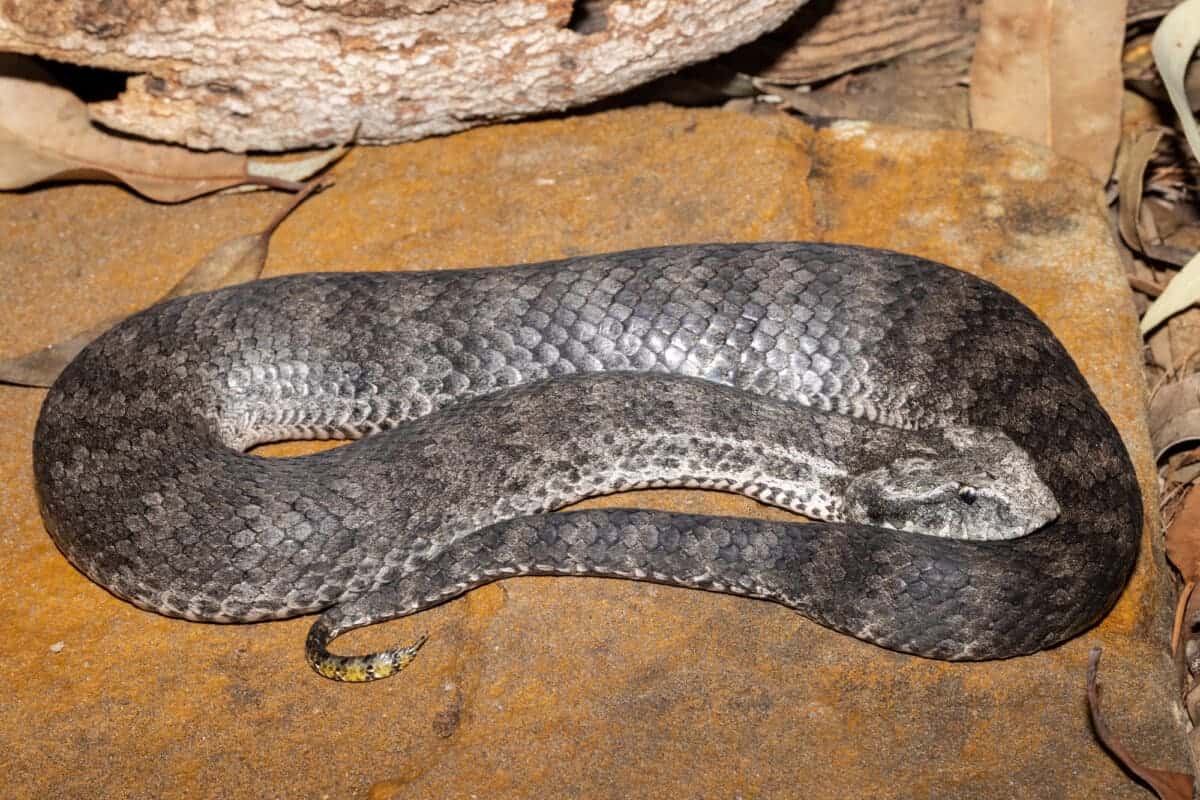
The venom of the Adder is a potent cocktail of enzymes and toxins designed to incapacitate their prey efficiently. While the venom is not usually life-threatening to healthy adult humans, a bite can cause pain, swelling, and bruising. Individuals may sometimes experience more severe allergic reactions, requiring medical attention. Prompt and appropriate medical treatment is essential after an Adder bite to manage potential complications.
Snakebite Management and Healthcare Considerations
Efforts in venom research have led to advancements in antivenom development, helping improve the treatment of snakebites. In cases of envenomation, medical professionals primarily use antivenom to neutralize the effects of snake venom.
However, availability may vary in different regions, emphasizing the importance of seeking medical attention as soon as possible after a snakebite. Public awareness campaigns can also help educate people about Adders and the necessary precautions to minimize the risk of snakebite incidents.
Frequently Asked Questions
King Snakes are known for their vivid and striking color patterns, featuring bands or rings of black, white, yellow, and red. On the other hand, Adders have a more subdued appearance, with a zigzag pattern running down their backs and earthy tones like brown, gray, and black, aiding in their camouflage. The difference in coloration reflects their respective habitats and hunting strategies.
While both snakes deserve respect and caution, Adders are venomous, whereas King Snakes are non-venomous. Adders use their venom to immobilize and subdue their prey, and although their bites can cause pain and swelling in humans, they are not typically life-threatening. On the other hand, King Snakes are harmless to humans and have the unique ability to consume venomous snakes without being harmed.
Key Points
| Both are fascinating serpents with unique traits, behaviors, and habitats. |
| King Snakes are non-venomous constrictors found in North and Central America, while Adders are venomous vipers in Europe and Asia. |
| King Snakes boast striking coloration, such as black, white, yellow, and red, while Adders are subdued with earthy tones. |
| Adder venom is potent and used for prey immobilization, causing pain and swelling in human bites, while King Snakes are harmless to humans. |
| Healthcare concerns for King Snakes include respiratory infections, mites, and digestive issues, while Adder bites require prompt medical attention and antivenom treatment. |
| Respect and coexistence with these incredible creatures are essential for their conservation and ecological balance. |
Wrap Up
In the enthralling realm of reptiles, the King Snake and the Adder are remarkable examples of serpentine diversity. The King Snake, with its vibrant colors and fascinating defense mechanisms, showcases the beauty and adaptability of non-venomous constrictors. Meanwhile, the Adder, with its cryptic appearance and venomous bite, commands respect and reminds us of the importance of coexisting with wildlife responsibly.
As we’ve explored these captivating serpents’ unique traits, habitats, and healthcare concerns, we must recognize the significance of understanding and preserving their delicate ecosystems. Whether venomous or not, snakes play an essential role in nature, helping maintain ecological balance and controlling pest populations.
We can foster a harmonious relationship with the animal kingdom by appreciating and respecting these remarkable creatures. Responsible ownership, proper healthcare, and a commitment to their well-being are paramount for those who wish to keep snakes as pets.
So, the next time you venture into the great outdoors or admire these enchanting creatures in captivity, remember the profound importance of conservation and coexistence. Let us celebrate the wonders of the natural world, where every snake, from the majestic King Snake to the cryptic Adder, contributes to the tapestry of life on Earth.
Thanks for reading along, for more, check out our related article links below!
Next up:
- Woman Survives Dingo Mauling During A Jog
- The World’s Largest Bernese Mountain Dog
- Birman Cat
- Apple Head Chihuahua
- Watch Starfish Walking on the Beach - April 24, 2024
- Watch Bison Stampede Around Bus in Yellowstone - April 24, 2024
- How to Survive a Tiger Attack - April 23, 2024

